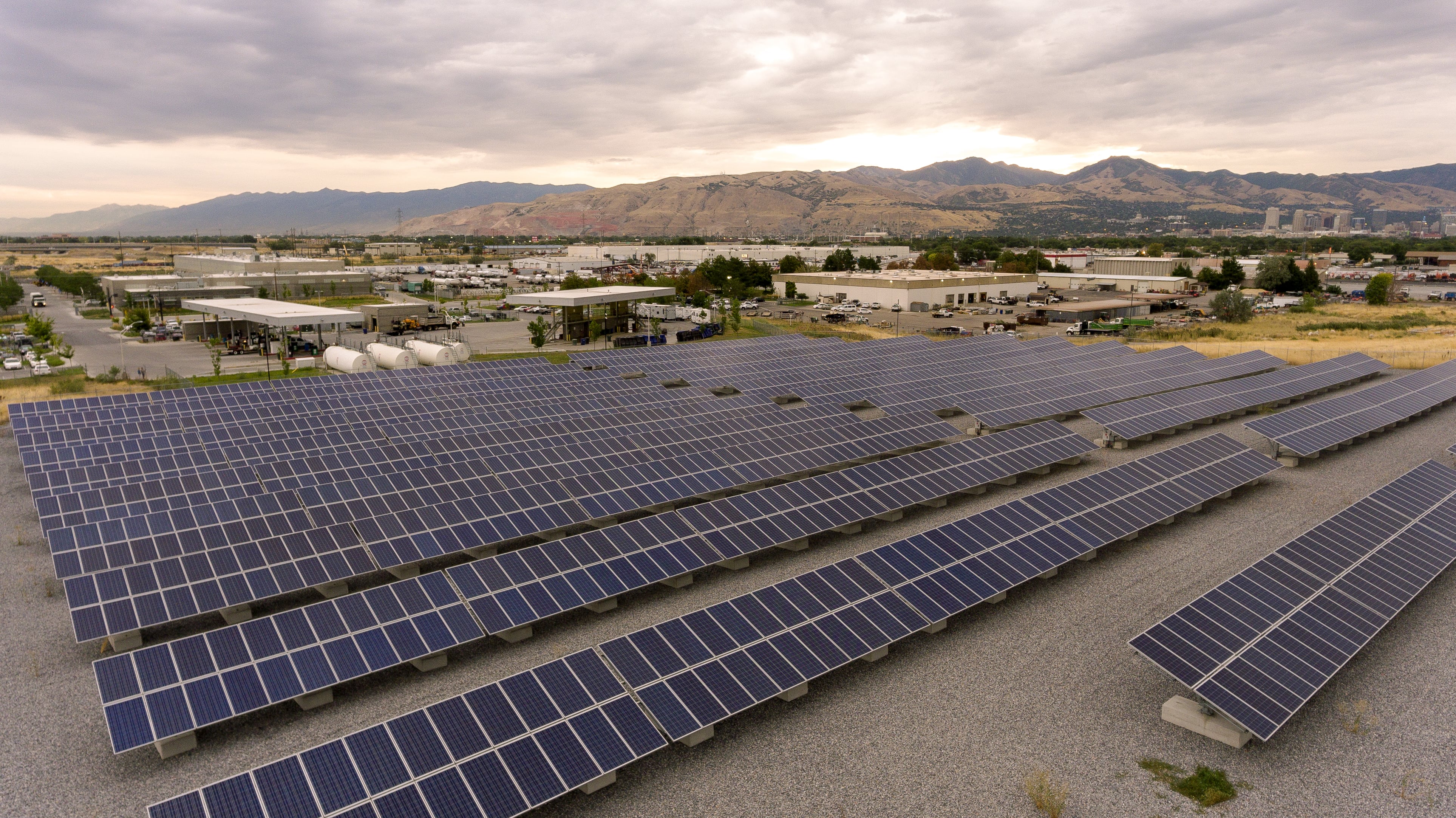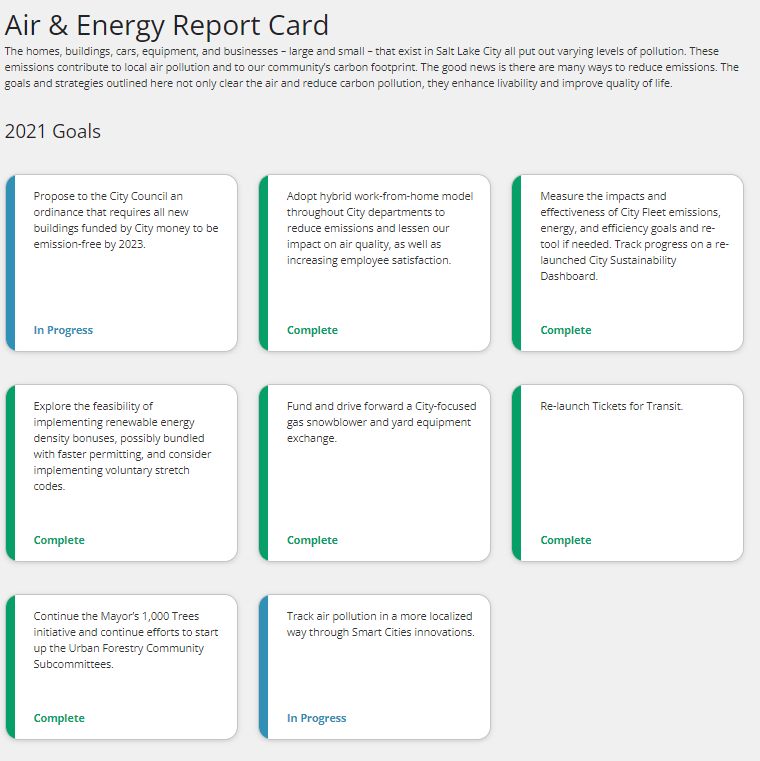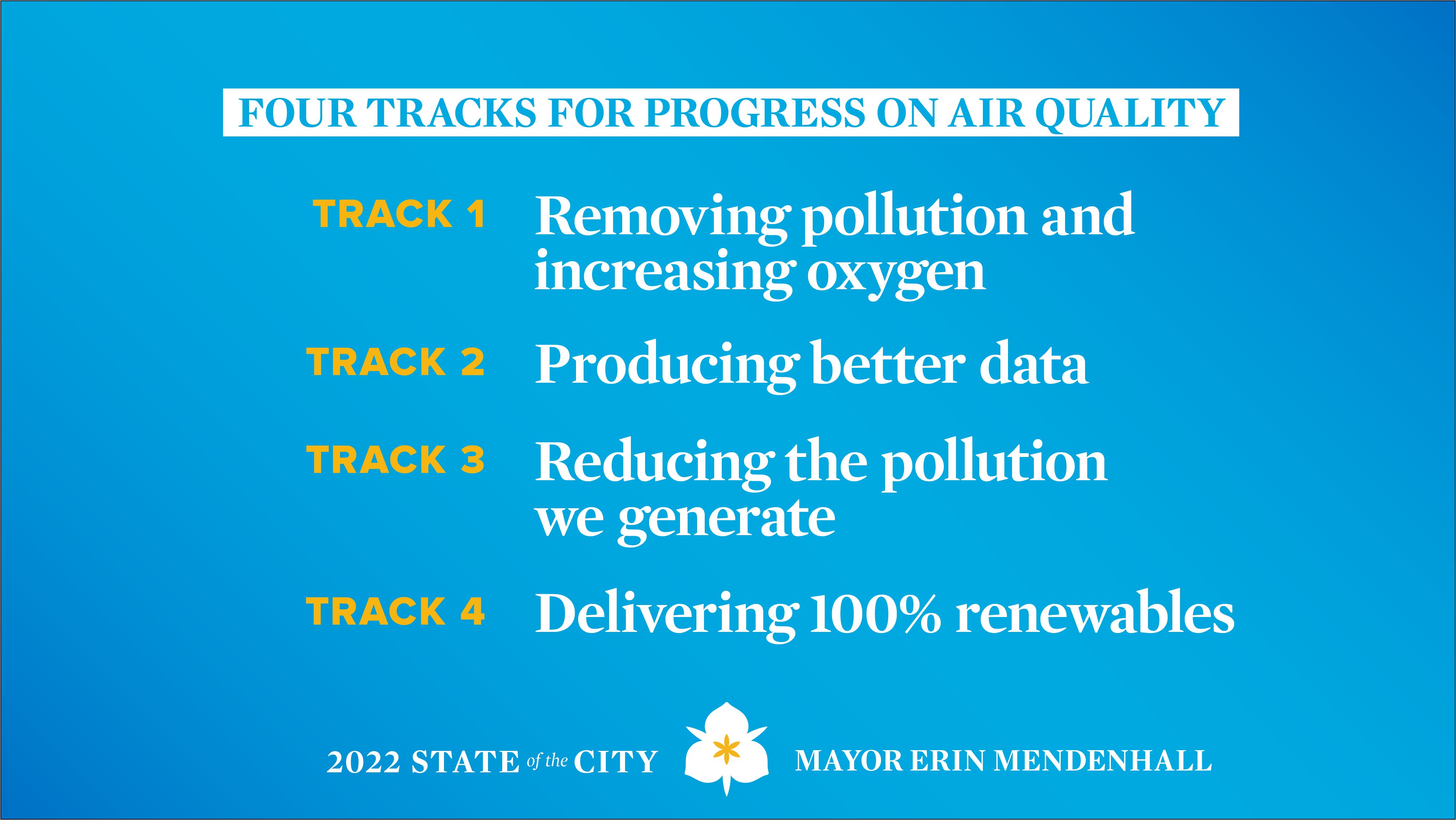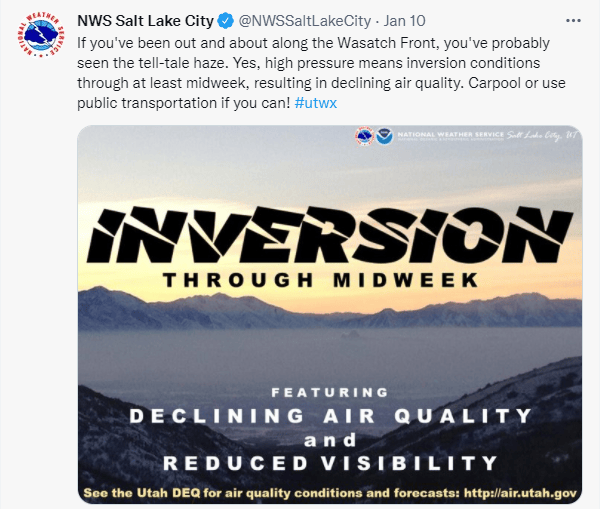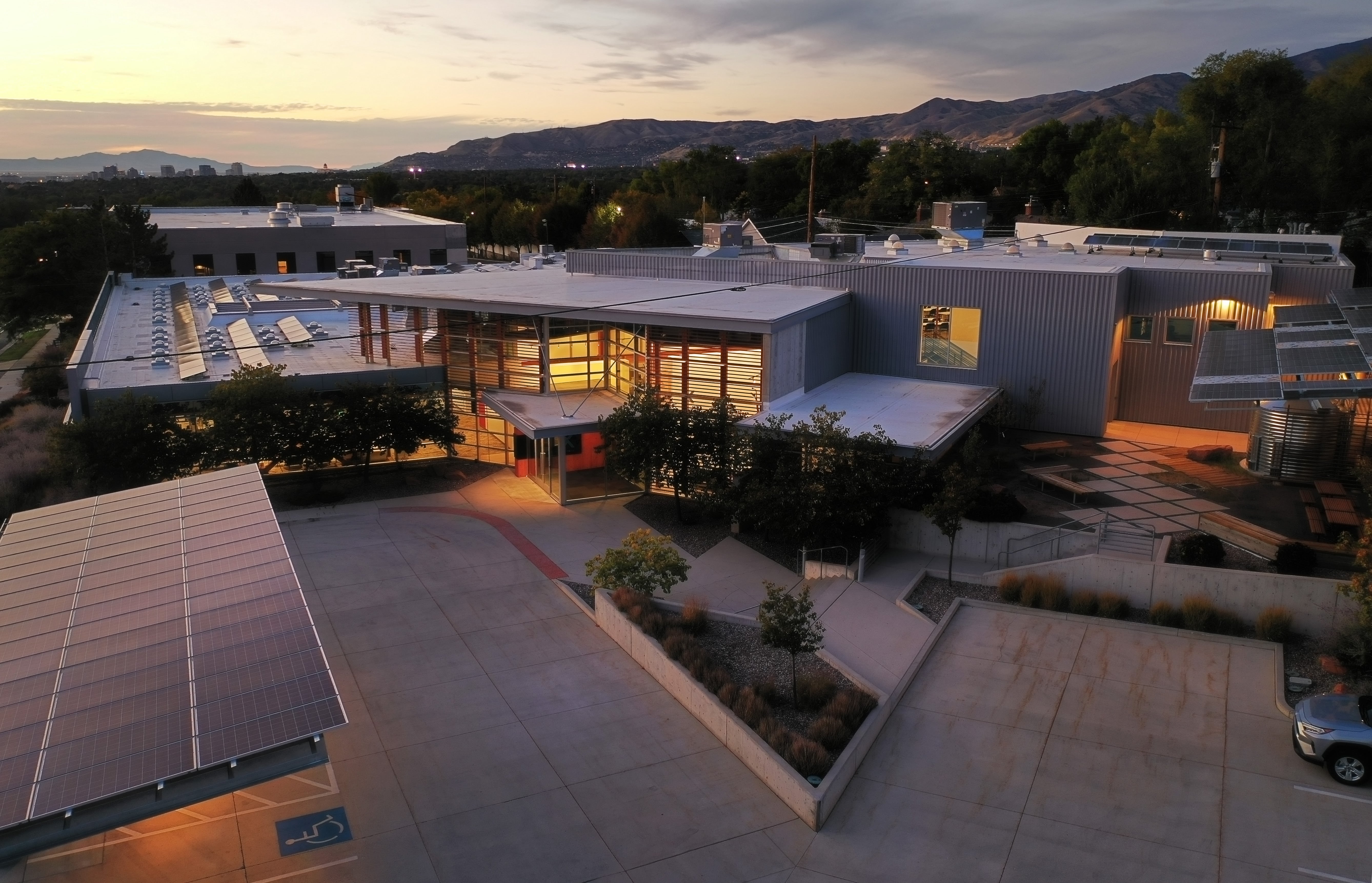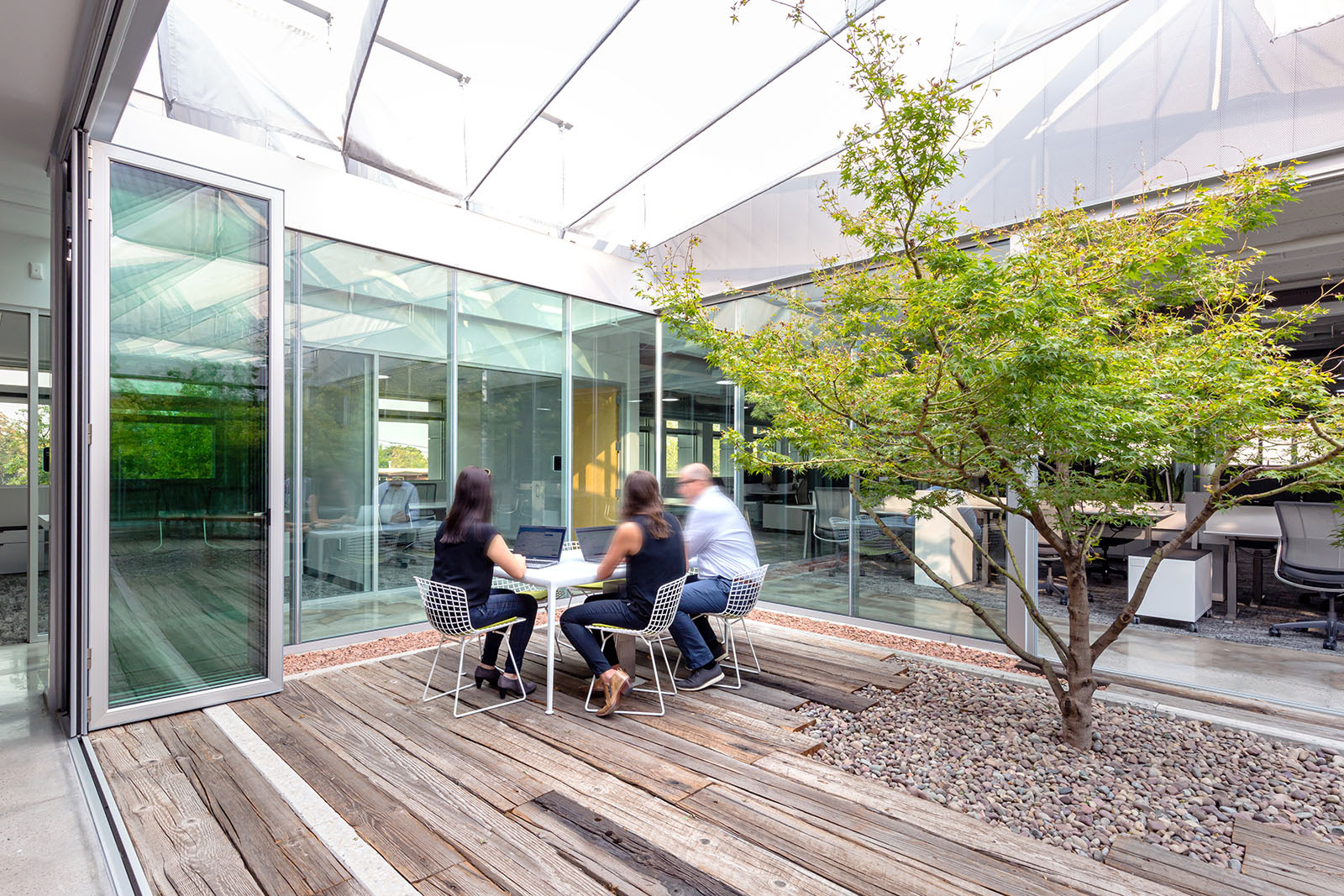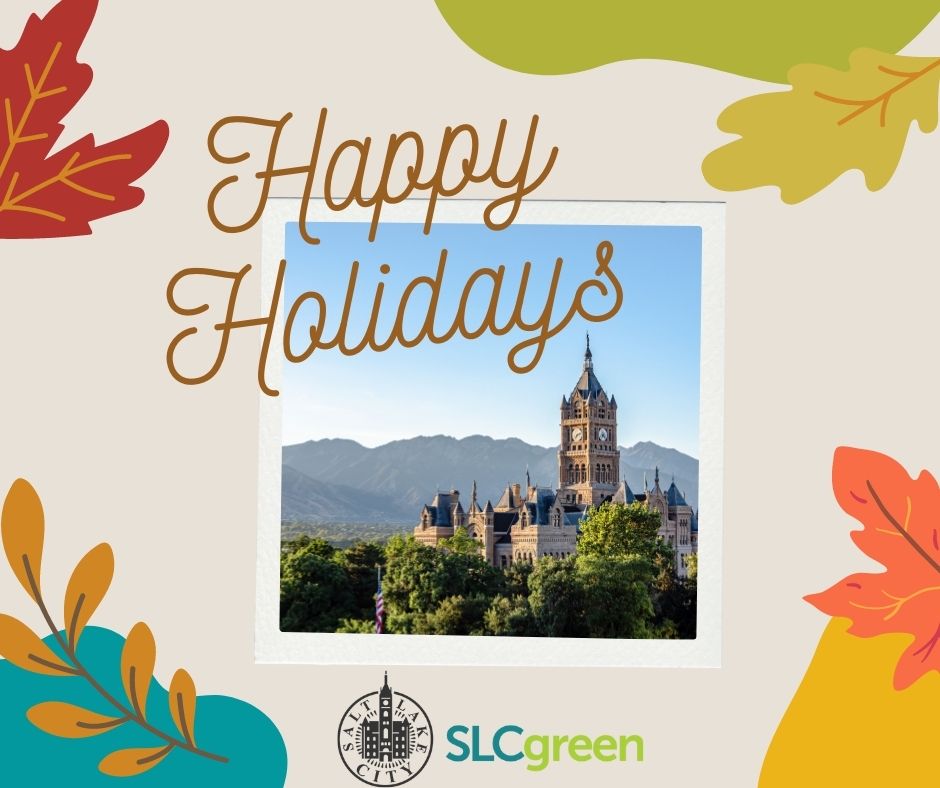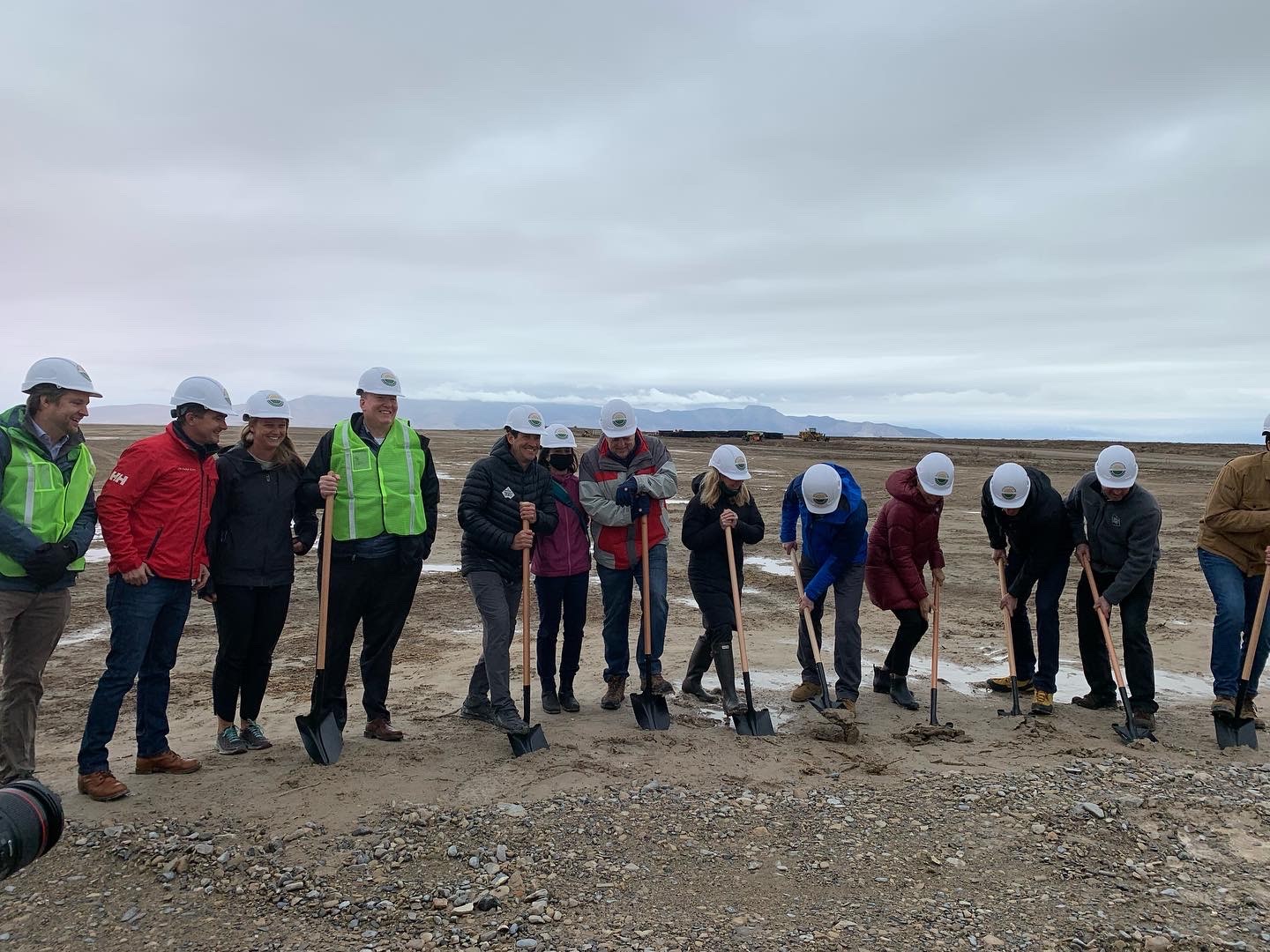by SLCgreen intern Emalee Carroll
As Salt Lake City residents we are well acquainted with air pollution, but do we know what’s in it? With the Clear Air Challenge happening over the summer, we at SLCgreen wanted to take some time to provide a rundown on some of the different types of air pollution in Salt Lake City, what you can do about it, and what the city is currently working on and has done to make a difference!
What is Particulate Matter?
One of the most common, and most dangerous, components of air pollution is particulate matter (PM).
Particulate matter can be composed of many different materials such as smoke, dust, soot, or even drops of liquid. Some particulate matter, like smoke, is large and dark enough that we can see it in the air, but others are so small we cannot see it with the naked eye. In an academic setting, particulate matter is often titled according to size and measured in micrometers. For example, a particulate matter that is 10 micrometers is referred to as PM10. Compare that to a very fine grain of sand which is roughly 90 micrometers.
The most common type of particulate matter in Utah’s air pollution is PM2.5. Particulate matter comes from primary and secondary sources.
A primary source of PM2.5 is anything that causes particle pollution directly, such as a wood stove, a forest fire, or a large dust storm or construction site on a windy day. Secondary sources are operations that emit gases which chemically create particulate matter. These are called “precursor emissions.” These can include operations like paint shops and dry cleaning operations. Some sources, like driving cars or power plants emit both direct and indirect PM2.5.
How does PM2.5 affect me?
Aside from making our beautiful valley difficult to see during an inversion, particulate matter also has negative impacts on human health. Because PM2.5 is so small, it can travel deep into our bodies, putting stress on our respiratory and cardiovascular systems. Those who struggle with asthma, chronic obstructive pulmonary disease (COPD), and other chronic respiratory issues can be adversely affected by the effects of PM2.5.
If you’ve ever experienced a flair-up of asthma symptoms during periods of high pollution, this is likely why. Even for individuals who are otherwise healthy, research from BYU found Utahns will have an average of 1.1 to 3.6 years taken off their lifespan due to heavy pollution. Yikes!
Continue reading

